Indoor carnation: planting and care
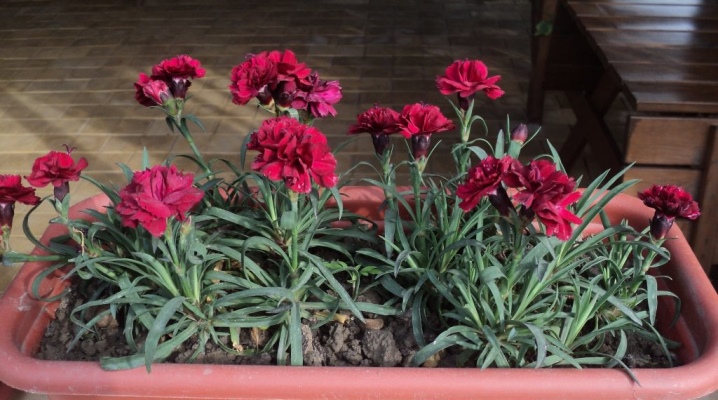
Carnation is distinguished by its species diversity and a rather large number of varieties. Of this variety, some species that are compact in size are suitable for indoor cultivation as potting crops. These are low-growing hybrid varieties that are grown as a home carnation.
Description
Indoor or indoor carnation is a herbaceous annual belonging to the numerous Clove family. The native country of the plant is China. The bush is compact in size, there is a knot characteristic of carnations on the stem. Indoor carnation has dark green, flat-shaped grooved leaves that grow opposite. The flowers are single, double or smooth, the colors are very diverse, except for white, there are various shades of red, pink, lilac. They have a pleasant aroma. The flowering period is different in duration - from June to October.
In order for it to last a long time, it is necessary to immediately remove the faded inflorescences, the latter are left to ripen the seeds.
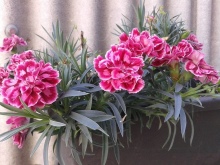

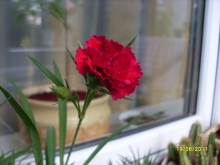
Popular varieties
Among the numerical family of cloves, several varieties are most popular for breeding as a domestic culture.
Chinese carnation
At first, representatives of the species were distinguished by burgundy strokes on the petals, but as a result of selection, plants with petals of the same color appeared. The sizes of pot cultivars are 10–20 cm. The flowers are formed from 5 petals forming a corolla, with jagged or wavy edges. The colors can be different. Some varieties have petals of two colors.
The stem has a creeping shape. The seeds of this species are somewhat elongated, very fragile. The most popular varieties include "Diana Mix", its height reaches 25 cm. The plant is characterized by unpretentiousness, large buds, moreover, it belongs to the early flowering. The flowers grow singly, the edges of the petals are corrugated, which makes them even more spectacular.


Turkish carnation
The plant has straight stems with characteristic nodules. Leaf plates are green or blue-green with a slight reddish tint, elongated, growing oppositely. The flowers have a pleasant aroma and can be simple, semi-double or double. Their diameter is small - 1.5–3 cm. The color is presented in a variety of shades - cream, pink, red and white. In addition, they are monochromatic, two-colored, colored, with a peephole or edging.
The buds are collected in a shield-shaped inflorescence about 12 cm in size, which blooms for a month, starting from the end of June. Then a seed capsule ripens on the stem, Turkish carnation seeds can be stored for up to 5 years without impairing germination. Representatives of the species are distinguished by their undemanding lighting.
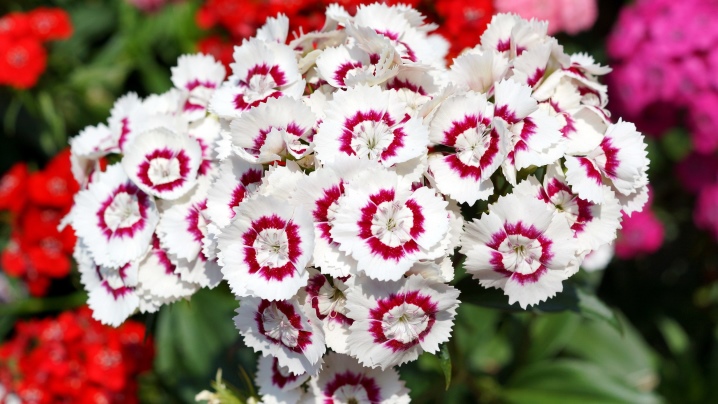
The most common varieties as a houseplant are as follows:
- "Diadem" with dark green leaves with a slight red tint and dark scarlet flowers with a large scarlet eye and petals with jagged edges, the size of the inflorescence is about 10 cm;
- Schneebal has white double flowers with jagged petals about 11 cm in diameter;
- "Undine" differs in purple buds with a snow-white center and the same edging;
- "Midget" - a dwarf Dutch variety with dark carmine inflorescences;
- "Fiery Heart" - a small bush with bright red buds.
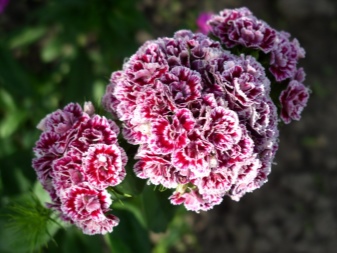

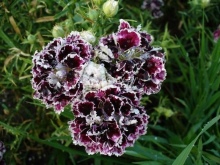
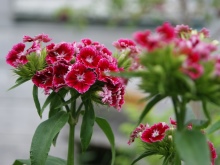
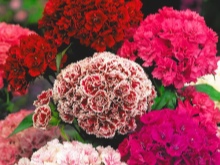
Among the English varietal series, the rather popular "Willie", "Rondo" and "Roundabout"with a squat size, 15–20 cm. The variety "Nigrikans" stands out, which has dark purple leaf plates and shoots, as well as a dark color of flowers.
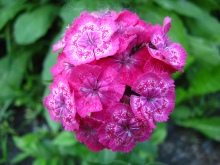
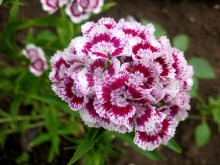
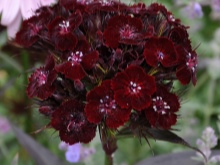
Hybrid carnation
It is a perennial crop, but most often it is grown at home as an annual. The bush is compact in size, the maximum height can reach up to 35 cm. It differs from other varieties by its unusual flowers, which have strongly dissected petals. Inflorescences are both simple and terry. A feature of the species is the pleasant aroma that the inflorescences emit.
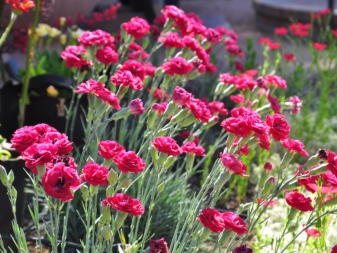
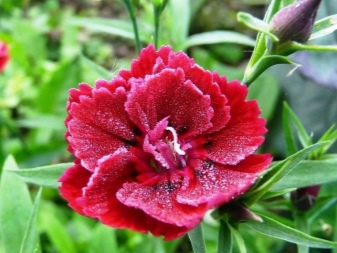
By the evening, the bush becomes more saturated. Large buds have different colors: white, red, pink, which are beautifully set off with gray-green leaves. It is worth noting the following most spectacular varieties:
- Spring beauty - a bush with double buds of a delicate pink color;
- White Mrs Sinkins and Pink Mrs Sinkins - the most common varieties, white and pink flowers have numerous serrated petals;
- White ladies it is distinguished by white double flowers, their edge is strongly serrated, and the calyx has a brownish edging;
- Doris with double pink inflorescences that have a scarlet spot in the middle;
- Grans Favorite also has pink flowers, in the center of which there is a red spot, the border of the same color runs along the edges of the petals;
- Show Ideal it is distinguished by semi-double white buds, which are decorated almost in the middle with a narrow ring of pinkish-red tone;
- Kersteven kirkstead has a height of 15 cm, the petals have a solid edge and a rounded shape, the pharynx is white, and a dark red ring is located around it.
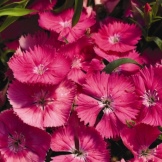
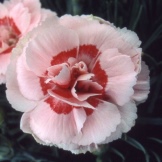
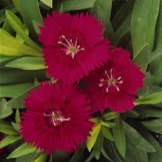

Carnation grenadine
An ornamental variety of garden carnations, great for home use. A distinctive feature of this species is large double flowers with a corrugated edge. Their diameter can reach 6 cm, the color is different, there may be stains or dots on the petals. The leaf plates are dark green, with a slight bluish bloom. The inflorescences have a rather strong spicy aroma.
This species is distinguished by a wide varietal variety, namely:
- Feuerkenig, Gloria, Carrot King with red buds;
- "Rozakenigin" with pink inflorescences;
- "Lady in Black" with maroon flowers;
- "Knight's Tournament" with rich purple petals;
- "Extravaganza" with flowers of different colors.
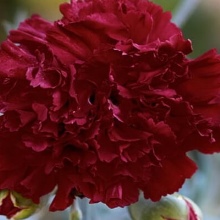
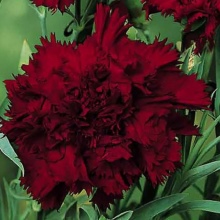
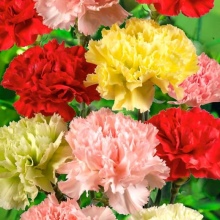
All these varieties have their own differences, but they are all combined into one type (conventionally) - indoor carnation. The size of the bushes is compact, they do not require a lot of space, and they have similar needs for cultivation and care.
Conditions of detention
Homemade cloves are not particularly demanding in terms of content, but nevertheless, when growing it, it is worth adhering to some rules.
Temperature and humidity
The plant does not like high air temperatures, the most favorable for it are indicators in the region of + 20 ° С, although the carnation will feel good from +13 to +35 degrees. Sudden temperature changes can have a bad effect on the condition of the flower. In hot weather, the plant will grow slowly and have poor flowering. Room cloves are suitable for air with high humidity, optimally 65–75%. It must be regularly sprayed with cool water in the morning or in the evening, but you must not allow water to get on the flowers.
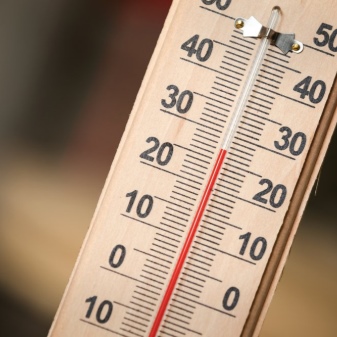
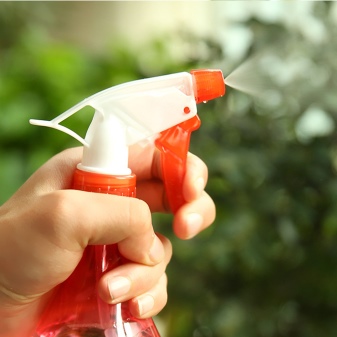
Lighting
The plant loves light, but still it should be protected from direct sunlight. With a lack of light, it is necessary to organize additional artificial lighting, especially if the flower is grown in autumn or winter. A plant that does not have enough light will grow slowly, lose size and number of inflorescences.
It should be borne in mind that some varieties have special requirements for light and daylight hours.
The soil
For growing carnations in a pot, neutral soil is suitable. The optimal composition is from one part of leafy land, one part of peat and two parts of sod land. You can use ready-made soil mixture from the store, the carnation grows quite normally in it. In addition, before planting, the soil is treated with antiseptic preparations, since the flower is very sensitive to microorganisms. It is worth placing drainage on the bottom of the pot in order to prevent moisture stagnation.
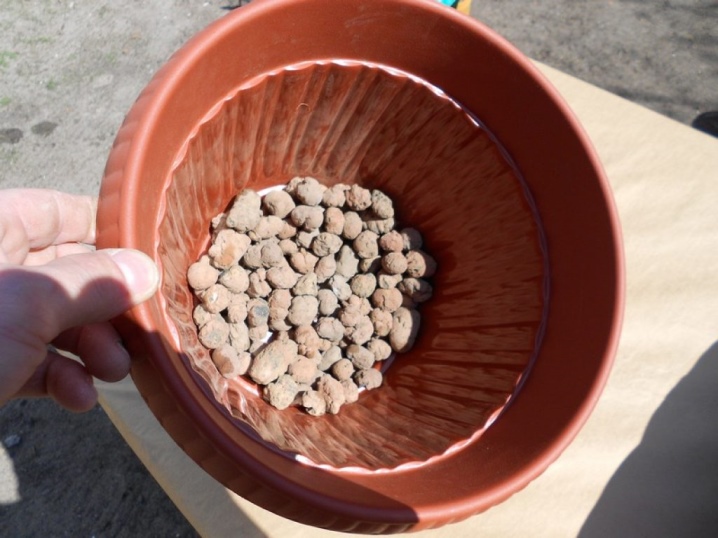
Landing
When breeding indoor cloves, the seeds can be sown immediately in a pot with prepared soil, or you can first plant them on seedlings. Seeds are sown most often in early spring, then the plant will bloom in summer.
You can plant them before winter, but then the buds will appear only next year.
Correct care
It is not difficult to care for a room carnation, but the flower will thank you with lush buds and a beautiful view.
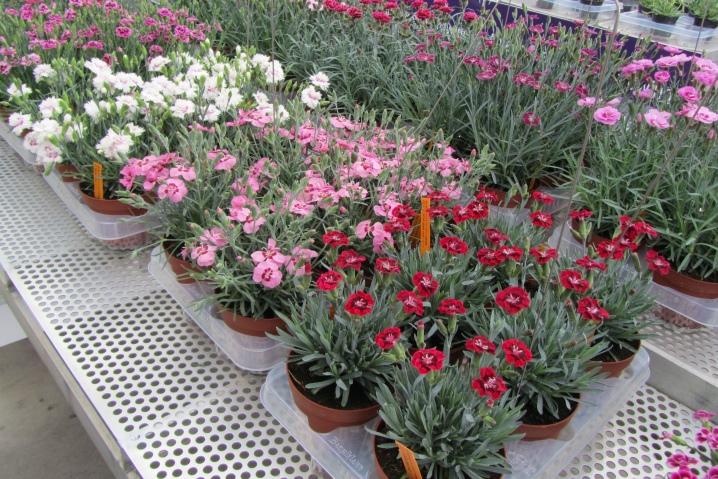
Watering
Home cloves are demanding on watering, so the soil in the pot should not be allowed to dry out, but you should not let the moisture stagnate. To avoid this, you need to pour a layer of drainage on the bottom of the pot. Water for irrigation should be taken at room temperature. And also the plant is useful for evening spraying, especially in hot weather. It is worth watering the flower in the morning or in the evening.
Top dressing
It is worth applying fertilizers regularly, which activates the growth of carnations and the splendor of flowering. Top dressing should be given in liquid form, for this complex fertilizers are diluted with water. It is also not worth overdoing it, it is quite enough to spray the soil with fertilizers once every two weeks. Top dressing can be applied to the ground a month after planting. It is worth combining fertilization with watering.
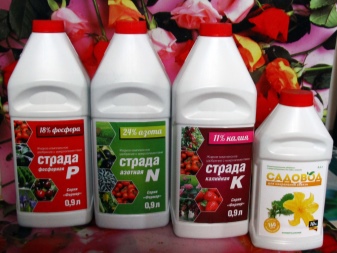
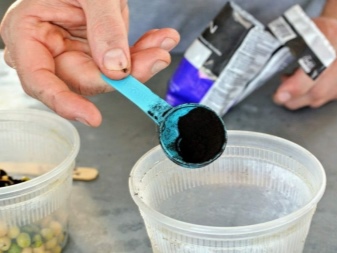
Transfer
Indoor carnations are mostly grown as an annual, so there is no point in replanting. But if necessary, it is better to do this in the spring. The plant is planted at the same depth as it grew before, you need to make sure that the root collar of the flower is flush with the soil. It is also necessary to remove faded inflorescences, cut them off together with the peduncle, leaving 5 cm. This procedure will help keep the flowering period longer.
Reproduction methods
In an apartment, it is easier to propagate cloves by seeds, they have a very high germination rate. Sowing seeds is in early spring. The procedure is carried out as follows:
- the seeds are placed in the soil (a little peat and sand are added) 2-3 mm deep;
- 2-3 grains are enough in one flowerpot;
- well sprayed with water;
- containers are placed in a well-lit place and covered with foil (regularly airing);
- after the appearance of five leaves on the sprouts, pinch the top and side shoots, such manipulations stimulate the formation of a more lush crown.
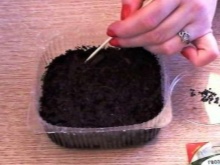
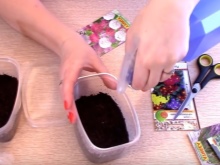
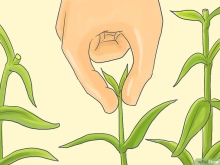
If the seedlings are dense, the sprouts should be dived. When sowing in a container, you need to leave a distance between the seeds of 5 cm. When the sprouts get stronger, after about a month they are transplanted into flowerpots.
Biennial plants can be propagated by cuttings or dividing the bush, but after the plant has faded. Cuttings and cuttings are planted immediately in a flowerpot, where it is worth adding a little sand to the soil, you should not deeply deepen them into the soil. Seedling care consists in regular, moderate watering. You can also root the cuttings in water, and when roots appear, transplant them into the soil.
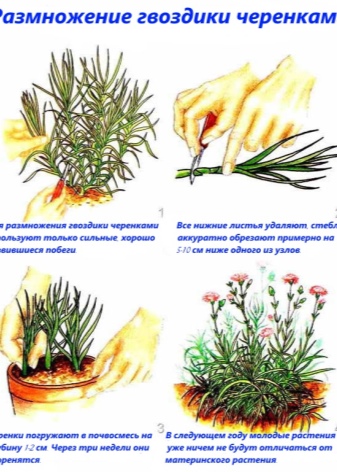
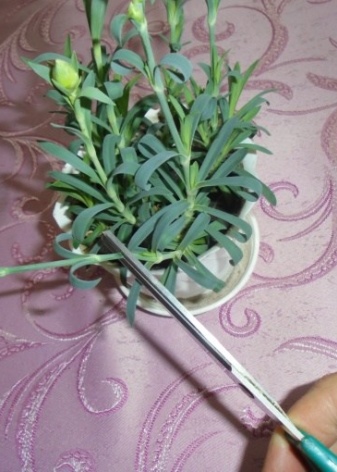
Diseases and pests
Indoor carnations, like garden species, can be damaged by pests, among which are spider mites, mealybugs and aphids. The plant should be washed with soapy water and sprayed with infusions of tansy or celandine. If these controls do not work, insecticides should be used. The plant is quite disease resistant. But due to excessive watering, the roots and stems of the flower can rot, such a disease is incurable, the plant should be destroyed.
It happens that the plant turns yellow and dries, this is due to poor-quality soil... In this case, it must be transplanted into a new soil, which should be treated with a solution of potassium permanganate before planting.
A carnation growing on window sills or in tubs near the house will serve as a spectacular decoration. If you also choose fragrant varieties, then you can fully enjoy the natural beauty of this incredible flower.
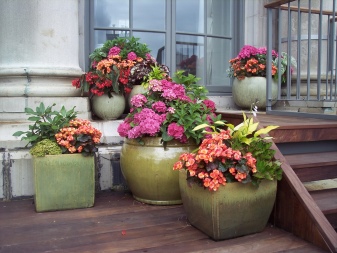
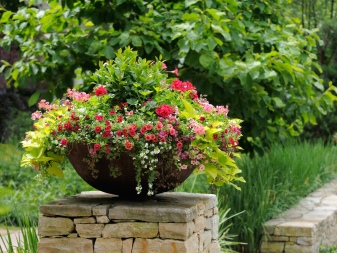

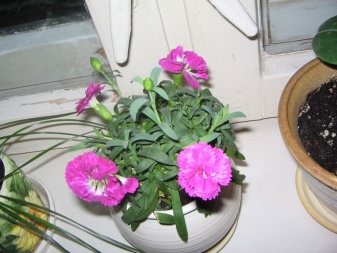
For information on how to propagate indoor carnations, see below.




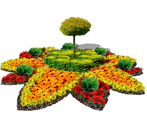
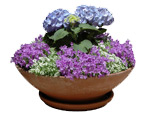
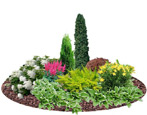
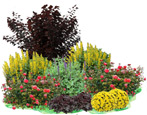
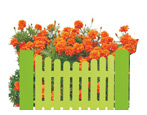
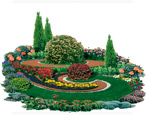
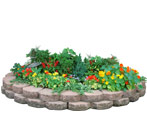
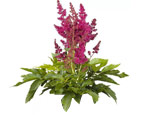
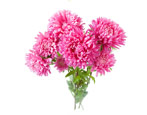
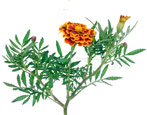
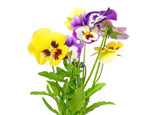
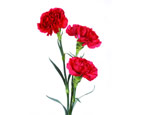
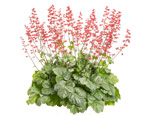
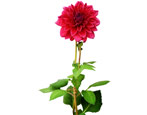
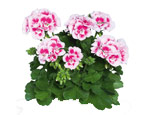
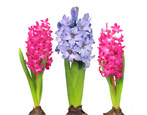
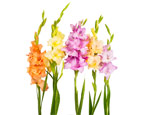
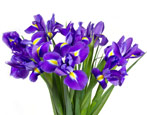
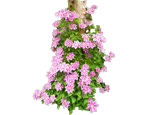
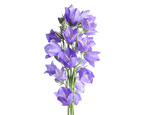
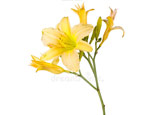
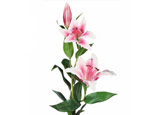
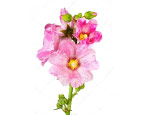
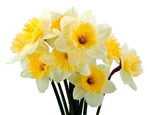
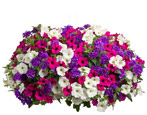
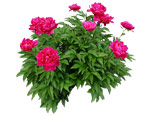
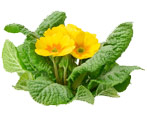
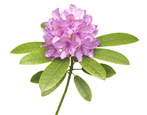
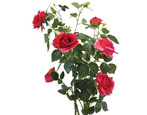
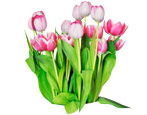
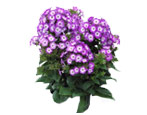
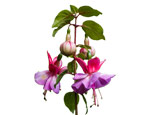
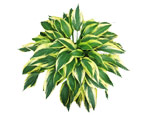
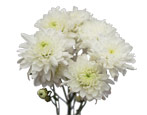
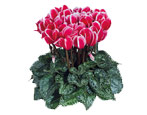
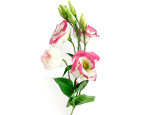
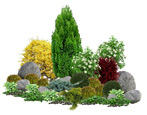
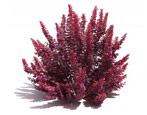
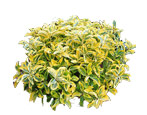
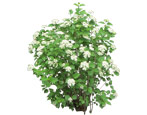
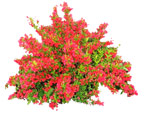
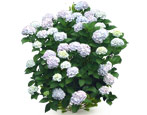
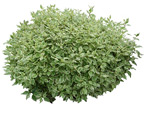
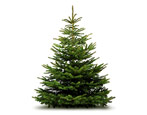
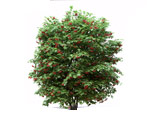
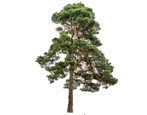
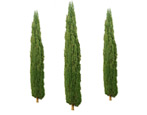
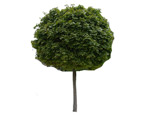
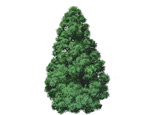
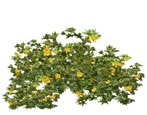
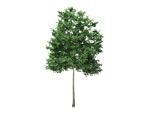
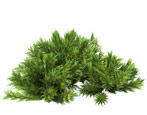
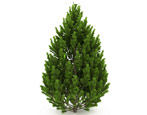
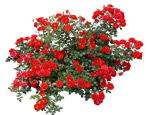
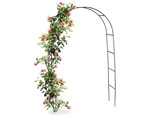
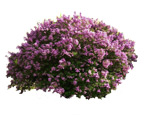
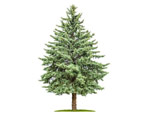
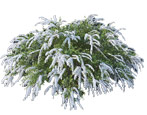
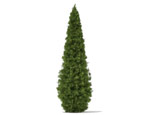
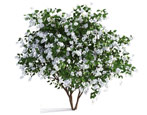

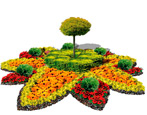
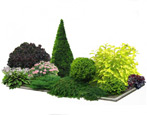
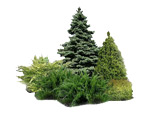

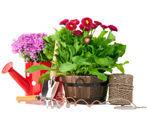
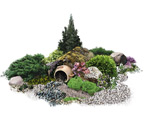
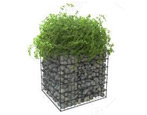
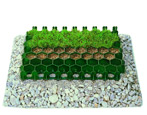


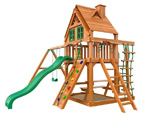
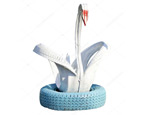
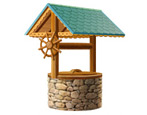
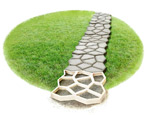
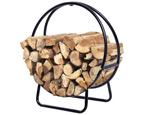
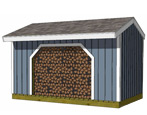
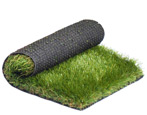
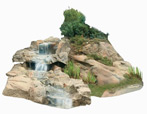
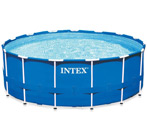

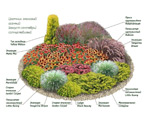
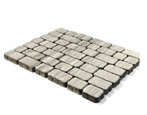
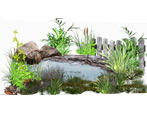
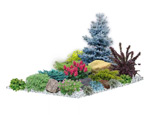
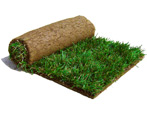

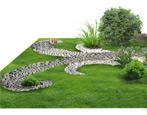
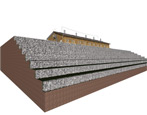
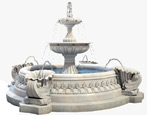









The comment was sent successfully.